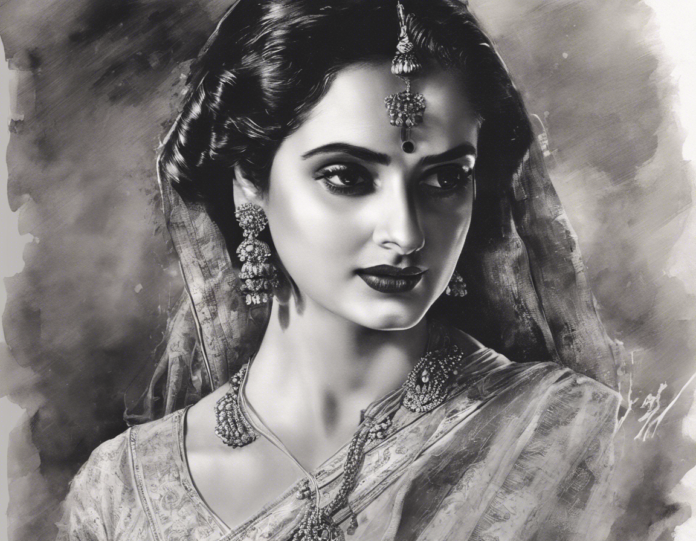Hast Rekha: An Insight into the Ancient Art of Palmistry
Palmistry, or Hast Rekha Shastra as it is known in Hindi, is a practice that has intrigued humanity for centuries. The art of reading palms to predict the future and understand an individual’s personality is a skill that has been passed down through generations. In India, palmistry holds a special place in traditional beliefs and is considered a sacred science that can offer valuable insights into one’s life.
History of Hast Rekha Shastra
The origins of Hast Rekha Shastra can be traced back to ancient India, where sages and seers used this practice to understand human nature and predict events. The ancient text “Samudrik Shastra” delves into the details of palmistry and outlines the various lines, mounts, and signs present on the palm and what they signify. Over time, this knowledge spread to other parts of the world and evolved into the practice of palmistry that we are familiar with today.
The Basics of Palmistry
Palmistry is based on the belief that the palm of an individual’s hand holds valuable information about their life. According to Hast Rekha Shastra, the left hand represents the past and the characteristics a person is born with, while the right hand represents the present and future, showing how these traits have evolved over time.
Key Elements of Palmistry
-
Mounts: The mounts on the palm are said to represent different planets, and their positions can indicate various personality traits. For example, a well-developed mount of Venus is associated with love and sensuality, while a prominent mount of Jupiter is linked to leadership qualities.
-
Lines: The lines on the palm, such as the heart line, head line, and life line, are crucial in palmistry. Each line reveals different aspects of a person’s life, such as emotions, intellect, and vitality. The length, depth, and intersections of these lines are all taken into account when interpreting a palm.
-
Signs: Various signs and symbols on the palm, such as stars, triangles, and crosses, also play a significant role in palmistry. These signs are believed to indicate auspicious or inauspicious events in a person’s life, providing guidance on what to expect in the future.
Interpreting a Palm
To read a palm effectively, a palmist examines the various lines, mounts, and signs on the palm and interprets their meanings in conjunction with one another. The shape of the hand, fingers, nails, and even the color of the palm are all factors that are considered when analyzing a palm. By combining these elements, a palmist can offer insights into an individual’s personality, strengths, weaknesses, and potential future experiences.
Myths and Facts about Palmistry
There are many misconceptions surrounding Hast Rekha Shastra, with some dismissing it as mere superstition. However, true palmistry is not about making definitive predictions or altering one’s destiny but rather providing guidance and self-awareness. It is essential to approach palmistry with an open mind and understand that the lines on our palms are not set in stone but can change over time with our actions and choices.
Benefits of Palmistry
While palmistry may not have concrete scientific evidence to support its claims, many practitioners and followers believe in its benefits. Palmistry can offer self-reflection, insight into one’s personality traits, and a better understanding of oneself and others. By exploring the lines on our palms, we may uncover hidden talents, overcome challenges, and make informed decisions about our future.
Frequently Asked Questions (FAQs)
- Is palmistry real or just a myth?
-
Palmistry is a belief system that has been practiced for centuries and holds significance for many cultures worldwide. While there is no scientific proof to validate its claims, palmistry offers insights and guidance based on the interpretation of the lines, mounts, and signs on the palm.
-
Can palmistry predict the future accurately?
-
Palmistry is not meant to predict the future with absolute certainty. Instead, it provides a framework for understanding one’s personality, traits, and potential life experiences. The lines on our palms are influenced by our thoughts, actions, and choices, which can alter our future outcomes.
-
Are palm readings always accurate?
-
The accuracy of a palm reading depends on the skill and experience of the palmist, as well as the individual’s receptiveness to the interpretation. While some aspects of palmistry may resonate strongly with a person, others may not be as relevant. It is essential to approach palm readings with an open mind and understanding.
-
Can palmistry change one’s destiny?
-
Palmistry is not about changing or altering one’s destiny but rather providing guidance and self-awareness. By understanding the patterns and symbols on our palms, we can make informed choices and decisions that may influence our future. Ultimately, our actions and beliefs shape our destiny.
-
Is palmistry associated with any particular religion?
- Palmistry is not tied to any specific religion but has been practiced by various cultures and civilizations throughout history. While some may view it through a spiritual or metaphysical lens, others approach it as a form of self-discovery and personal growth.
In conclusion, Hast Rekha Shastra offers a unique perspective on understanding human nature and exploring the mysteries of life through the lines on our palms. Whether viewed as a traditional belief system or a form of introspection, palmistry continues to fascinate and intrigue individuals seeking insight into themselves and the world around them.

